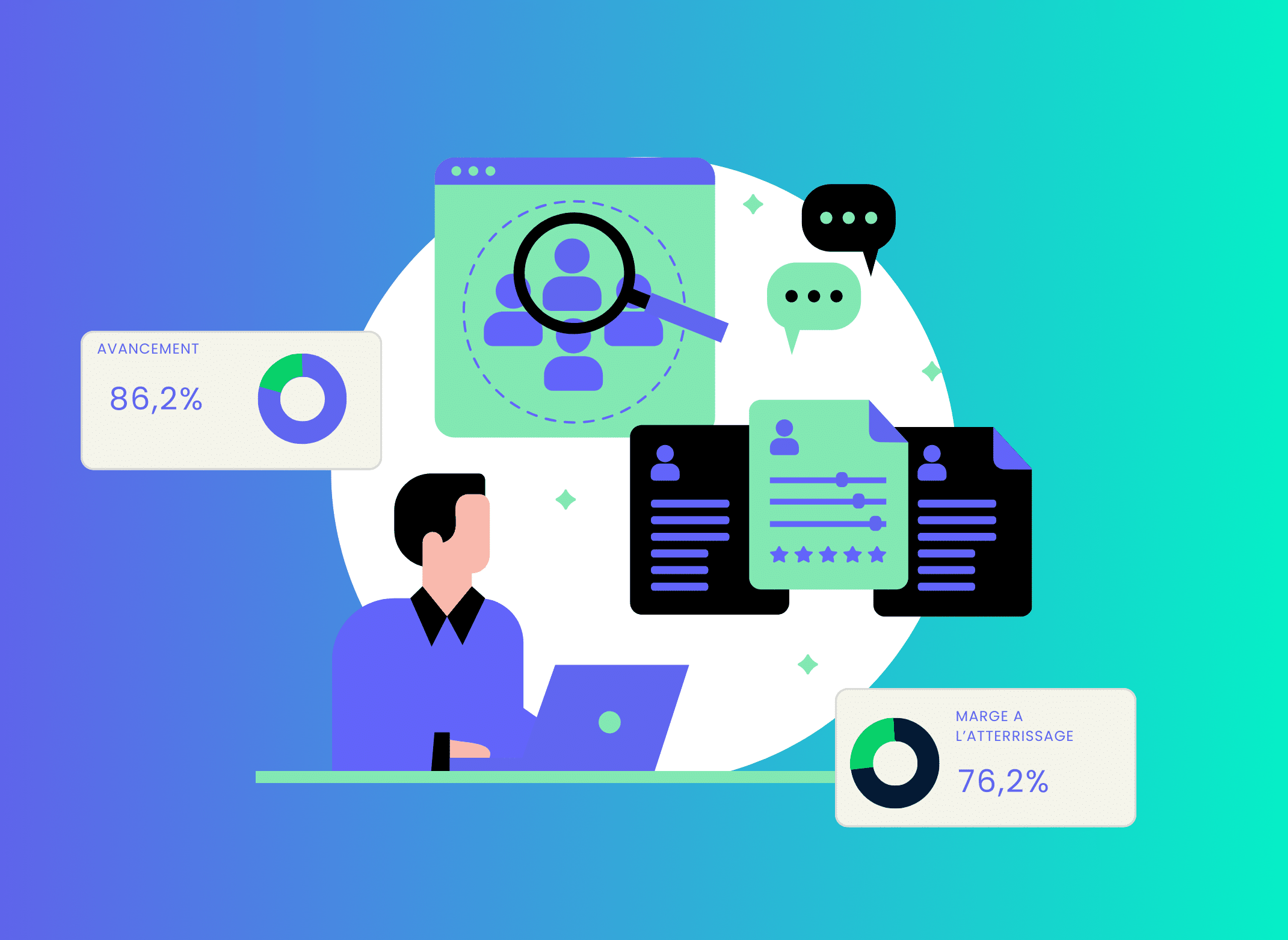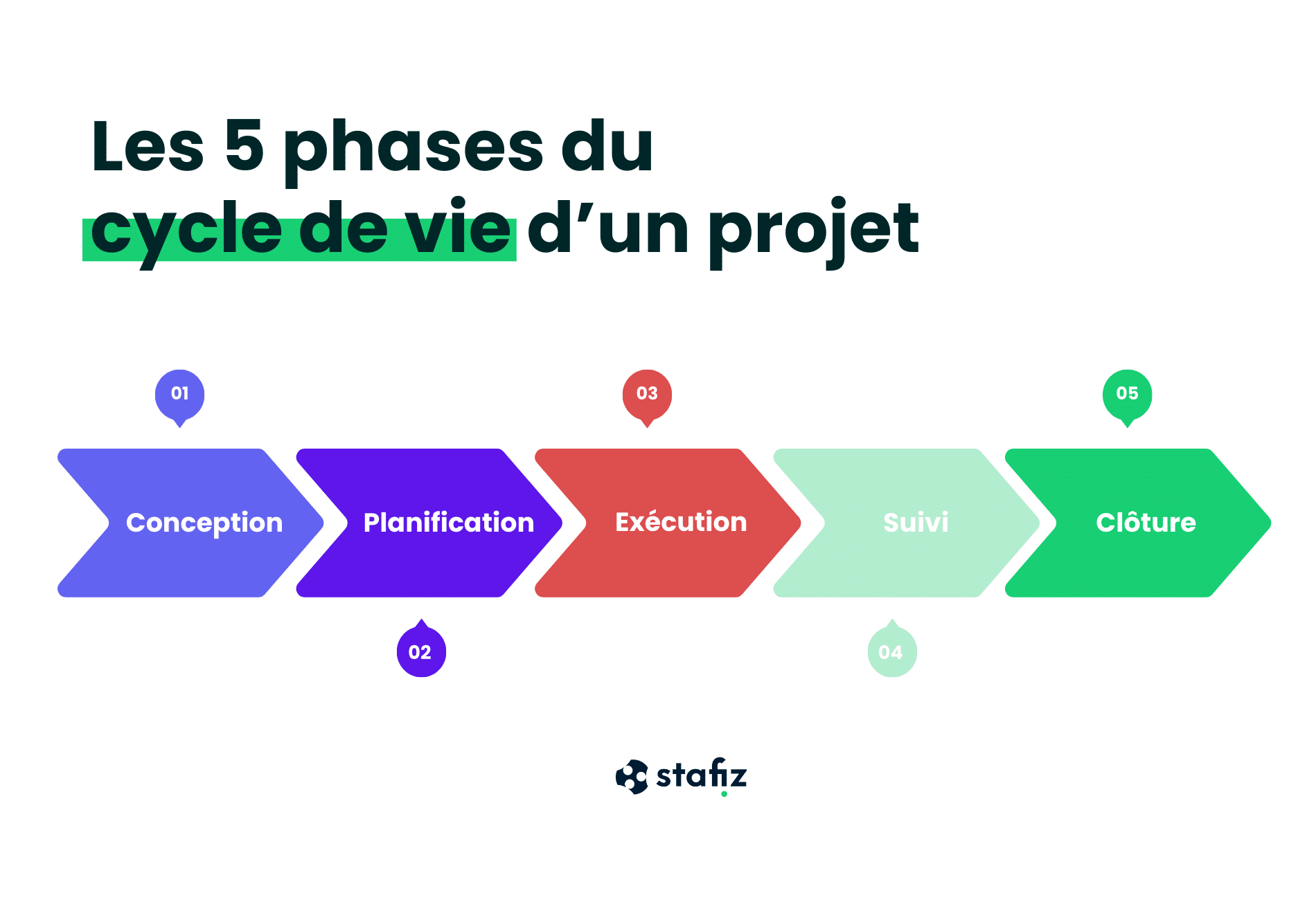How to Conduct a Risk Analysis in Project Management?
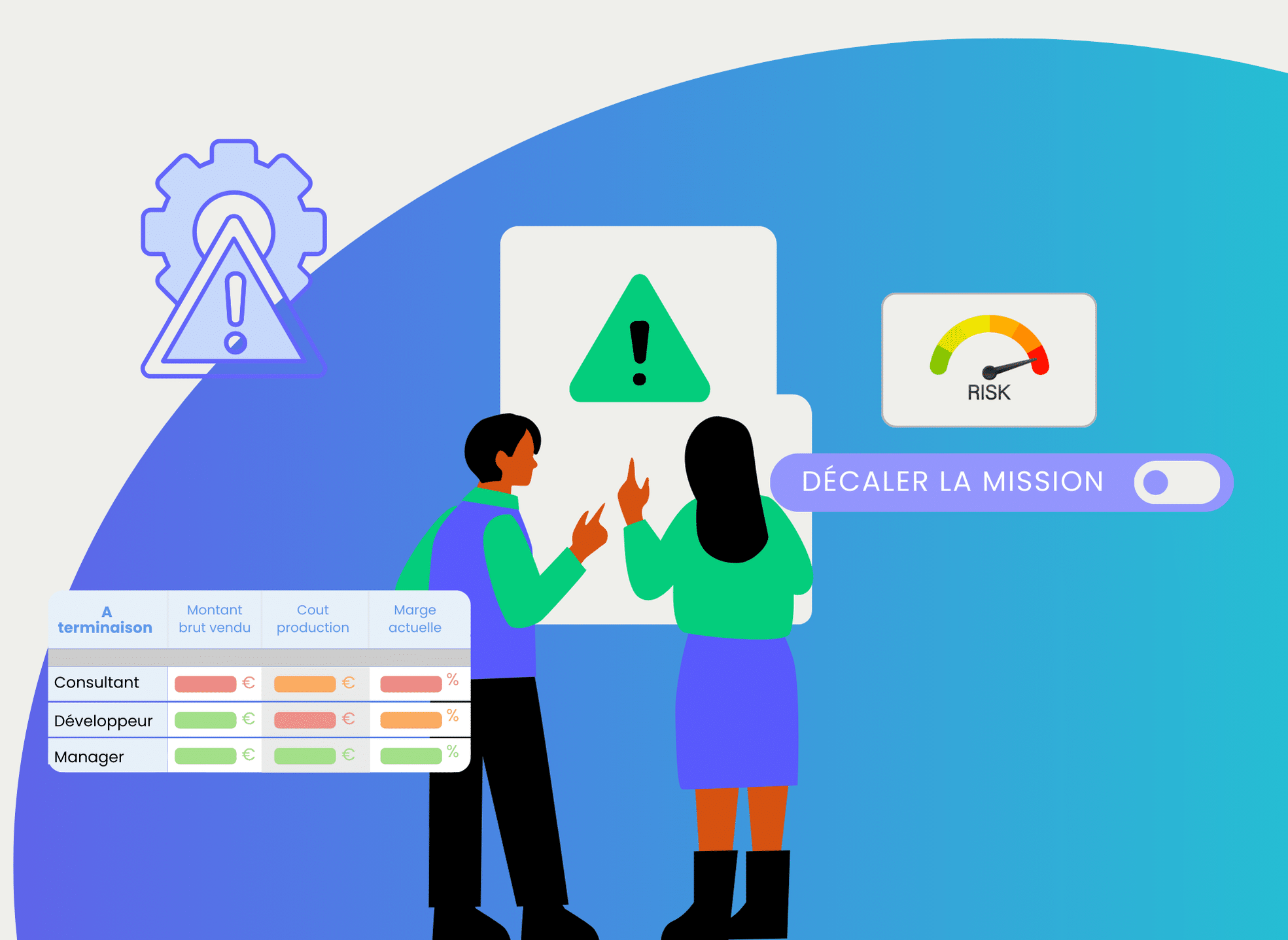
Meticulous, precise planning is essential for a successful project. A meticulous and precise planning is essential for a successful project.
Between the planning of tasks and the development of a provisional budget, each step is examined with a fine-tooth comb in order to secure room for manoeuvre in order to be able to adapt to unforeseen events and ensure delivery on time.
This is where the risk analysis in project management.
This component of risk management helps to identify potential threatsassess their impact and implement appropriate solutions.
This step-by-step guide will help you carry out this analysis and reveals the tools you need to be more precise - and ultimately, more proactive. and, ultimately, proactivity.
Step 1: Identify potential project risks
How to detect a risk in the context of a project?
Proactive risk identification occurs in the second phase of project management. This exercise consists of thinking about and naming all the risks that may arise during the production phase of the mission, and that could impact the quality or deliverability.
There are several methods to identify a project risk upstream.
- Brainstorming : it's timeless, and for good reason! Organizing sessions with the project team ensures that no idea is left on the table.
💡 You can then create a risk table to annotate all the ideas you have chosen.
- Compile a risk register : still based on the history of your work, annotate the recurring risks, how to anticipate them, circumvent them, and why not, some use cases. This document will be of great help to you, in addition to saving time for future projects. A publication by PMI France also offers avenues for using the risk register in project management.
- Feedback : Analyze reports and other data from your past projects to identify recurring risks. This will allow you to analyze how the teams approached the situation.
Everything that may affect the project must be identified: characteristics, causes and repercussions. In the end, it is a question of imagining the worst in order to prepare as well as possible.
What are the risk analysis tools?
Risk management software
You can equip yourself with risk management software to carry out the analysis phase.
Stafiz is particularly popular with service companies.
Its many dashboards and customizable reports help you create different planning scenarios that allow you to identify risks in an instant.
This way, you can facilitate the implementation of corrective actions even before the project starts, such as :
- budget adjustment or revision,
- the designation of responsible persons,
- Adjusting the workload and the project schedule.
The ERP Guide to Service Delivery
Risk analysis matrices
The matrix is another tool used to organize and prioritize risks in project management.
- A visual representation
The risk management matrix provides a visual representation of the situation. It must include, among other things, 4 essential pieces of information:
- a list of all risks;
- their source;
- their consequences;
- their level of severity.
- An overview
The risk matrix identifies the different links between potential risks. Thus, it helps to obtain a precise view of the situation in order to define an action plan to address the risk quickly.
More accessible, it allows you to visualize and understand the risks according to certain criteria:
- the scoring matrix allows you to assign scores to each risk;
- The priority matrix ranks risks according to their urgency and importance.
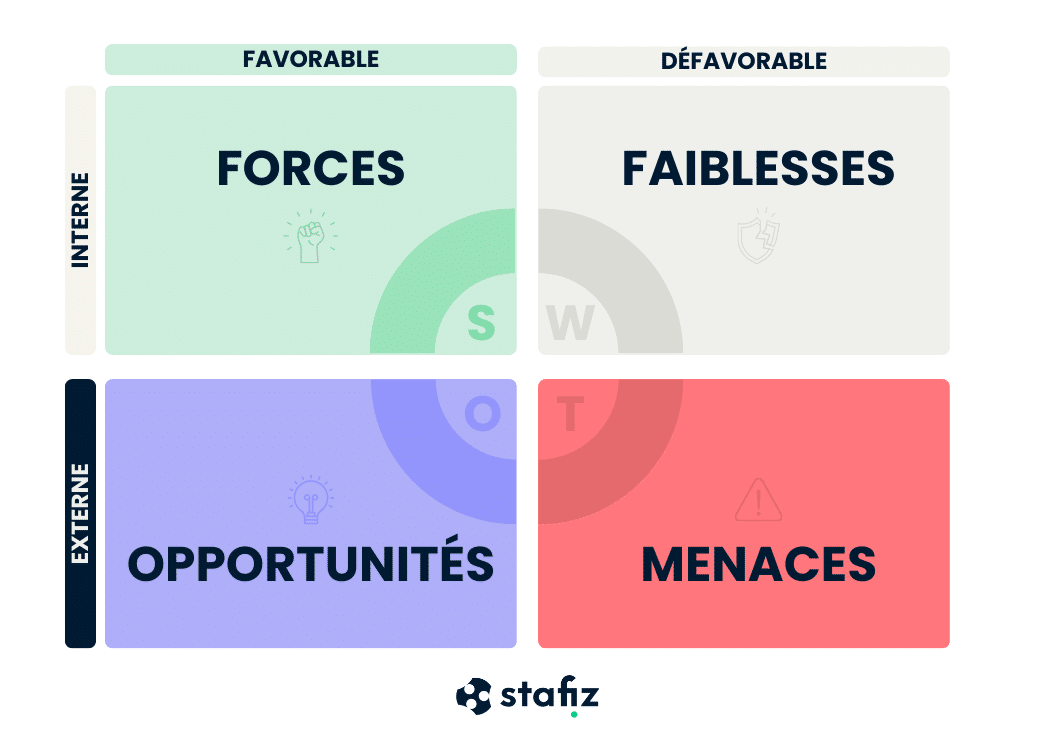
The SWOT Prioritization Matrix
- finally, the gravity matrix, also known as the criticality matrix, is a combination of the previous matrices: it evaluates probability and impact on a risk scale.
These tools provide a clear vision of priorities and actions to be taken in the event of unforeseen events.
Step 2: Assess and rank project risks
The qualitative approach
This method is based on the principle of project risk matrices : it is based on a descriptive risk assessment.
To create a project risk table, the following fields must be specified.
- The name of the risk: so that it can be understood by everyone.
- Identify the type: is it financial, technical or human?
- Assign a severity: on a scale of 3 to 5, depending on the degree of precision required.
- Estimate probability: assess the possible frequency of occurrence.
The advantages of this method
Simple and quick to implement, all you need is a physical medium or a spreadsheet to make it.
It easily adapts to your organizational process and the size of your missions.
Limitations of the qualitative approach in risk analysis
While this method helps to give an overall idea of the risks involved, it is nevertheless particularly subjective.
It is based on hypotheses that no concrete data can confront or validate.
It requires experience and a certain level of expertise which, in the absence of the absence, can draw up an unrealistic analysis.
It is therefore less suitable for small structures that are starting out, or for large-scale projects.
The quantitative approach
Unlike the qualitative approach, this method uses numerical data to assess risks.
There are two methods of doing a quantitative risk analysis.
- Monte Carlo analysis: this is an algorithm that simulates different scenarios in order to estimate the potential financial and other impacts on a project.
- Expected Monetary Value (APV) is a calculation that associates each risk with a potential cost. To do this, you need to multiply the probability of a risk as a percentage by the financial impact (profit and loss).
The advantages of this method
Relying on high-performance algorithms, the quantitative approach makes it possible to materialize the impact of a project risk in a concrete way with more reliability.
This precision then enables effective corrective measures to be taken, particularly in the resource allocation on the project schedule.
The limits of the quantitative approach in risk analysis
In order to quantify the impact of all the scenarios identified, it is quickly a question of investing resources in order to carry out the necessary calculations, the complexity of which often involves the use of tools.
Stafiz's scenario builder is the missing tool in your project risk analysis!
It simulates different resource allocation options, taking into account:
- the tasks to be performed;
- employees qualified to carry out them.
Select all qualified and available resources to add to the field of possibilities.

Stafiz then analyzes the different scenarios, so as to optimize your margin, load distribution and resource planning rate over the next 3 and 6 months!
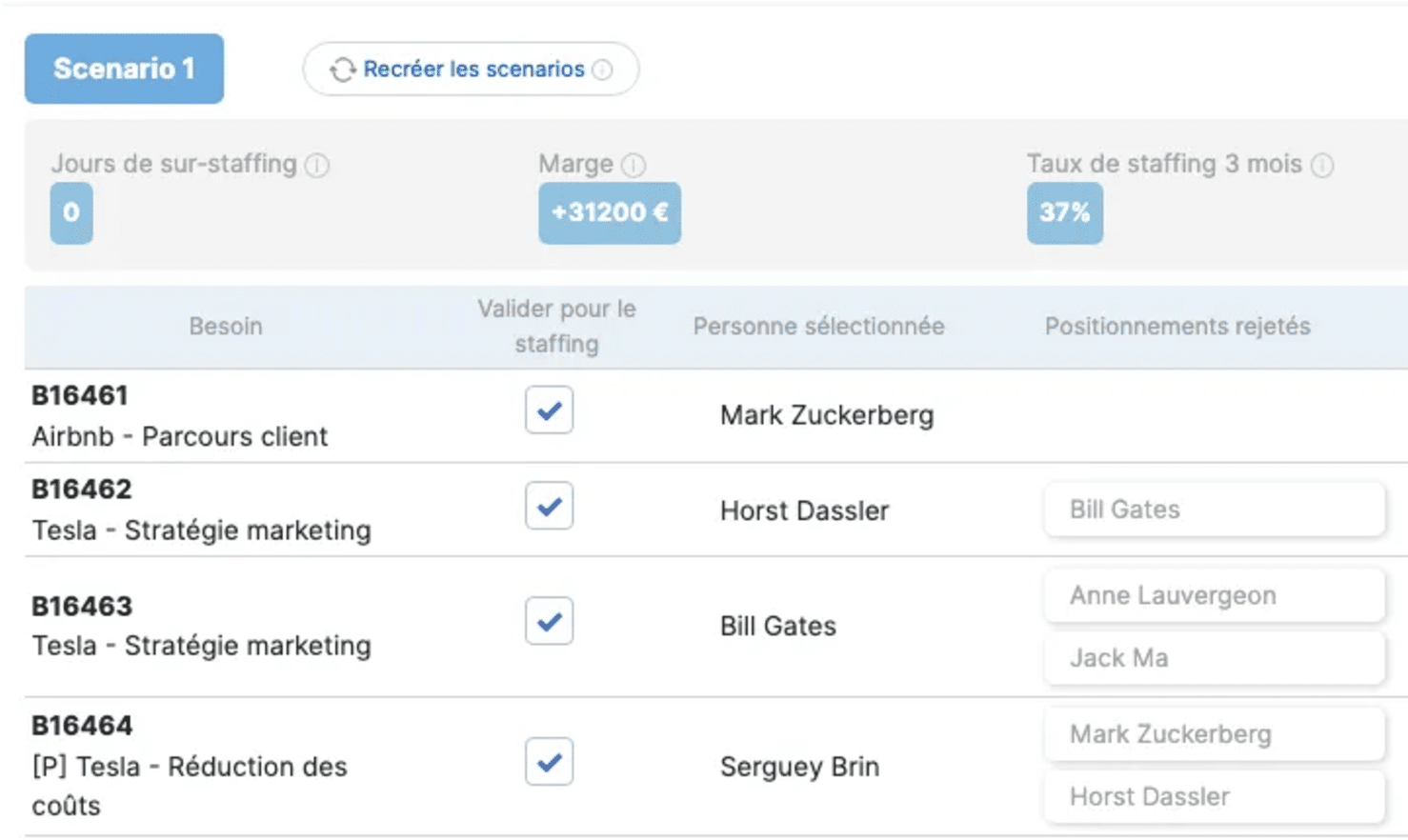
Once you've identified the best scenario, you can transform the simulation into real planning, enabling you to plan your projects quickly and with greater security!
Step 3: Anticipate solutions to risks
In project risk management, anticipation is a step in its own right.
Indeed, risk mitigation is a key step in reducing the likelihood that an identified risk will emerge.
It also makes it possible, by preparing a plethora of options upstream, to minimize the impact of a risk through a faster reaction.
Here are some strategies to adopt in your risk mitigation:
- prevention: this involves taking action to prevent the risk from occurring;
- draw up a contingency plan: preparing alternative solutions can help reduce the impact;
- transfering risk: transferring risk to a third party by means of insurance contracts or external services is another strategy worth considering.
Proactive anticipation of solutions increases the chances of project success and reduces unforeseen events!
Step 4: Analyze risks during the project
As seen above, risk analysis is most often carried out during the planning phase of the project.
However, risks may evolve, take on a new form or new ones may simply be added.
It is therefore necessary to analyze the potential threats of the project throughout its life cycle.
How to set up risk monitoring?
Just like in the context of traditional project monitoring, risk monitoring can be declined in different forms:
- the dashboard allows you to centralize key information in a visual tool;
- regular reviews through periodic meetings are useful for adjusting risk management strategies;
- Finally, updating the matrices is essential to re-calibrate the risk assessments according to the evolution of the project.
What are the key metrics for monitoring risk?
To ensure effective risk monitoring and keep control of your projects, it is essential to monitor certain KPIs such as:
- probability of occurrence to assess changes in risk probability;
- risk impacts to track changes in impact ;
- risk exposure : which combines impact and probability;
- reaction time to measure the time between the identification of a risk and the implementation of a solution;
- the mitigation rate : to evaluate the effectiveness of corrective actions.
Risk analysis is a powerful lever for securing the success of your projects. By following these four steps — identification, evaluation, anticipation and follow-up — you maximize your chances of controlling the unexpected.
Take a proactive approach and equip yourself with the right indicators to adjust your plans in real time!
Questions:
Yes, there is an important difference between risk management and risk analysis.
Risk analysis is a step in identifying, assessing, and ranking risks according to their likelihood and impact, with a view to better understanding potential threats.
Risk management, on the other hand, encompasses the entire process, including identifying, assessing, prioritizing, planning risk responses, and monitoring them throughout the project.
Analysis is therefore a phase of risk management, essential for making informed decisions and planning the necessary actions.
The best method for risk analysis depends on the context of the project and the resources available. However, an approach combining qualitative methods for initial identification and quantitative methods to accurately measure the impact of risks is generally effective.
The use of specialized tools like Stafiz software and collaboration with stakeholders are also essential for a thorough assessment.
